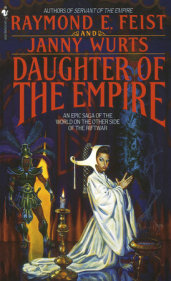 A Field Guide to the Stars and Planets by Jay M. Pasachoff
A Field Guide to the Stars and Planets by Jay M. Pasachoff
My rating: 3 of 5 stars
I checked this dense compact field guide out from my local library in the hopes of using it in the field with my telescope. Due to its size and weight, I found it nearly useless to use in the dark with my red flashlight at my telescope. The atlases were too small, requiring my reading glasses, and the binding too stiff and tight to allow the field guide to be laid flat and free up a hand to adjust the telescope.
The information provided in the guide appears current as of a dozen years ago (circa 1998). I’ll run through the table of contents with some observations below:
1. A First Look at the Sky – How to differentiate between a star and a planet. Includes a pair of sky maps showing the brightest stars with arrows showing the pathways that help observers find them.
2. A Tour of the Sky – Highlights of the seasonal skies for both hemispheres and a bit on solar observing.
3. The Monthly Sky Maps – Maps are drawn to minimize distortions in regions of the sky most studied, using 45 degrees altitude (halway up the sky to the zenith).
4. The Constellations – History and origins of the constellations and where they can be found in the night sky.
5. Stars, Nebulae and Galaxies – Descriptions of stars, star clusters, nebulae, galaxies (including our own) and quasars. Includes color photographs of the most familiar objects.
6. Double and Variable Stars – Includes graphs and charts.
7. Atlas of the Sky – Fifty-two charts, each accompanied by a half-page (three or four paragraphs) detailing the best tourist destinations for the observer (like a travelogue for your vacation to the stars). This was the main reason I checked out this field guide but, as I mentioned above, the binding prevented me from effectively using this guide while out on my star safari.
8. The Moon – I read this chapter several times and used the excellent maps of the moon during an extended observing period (over several days) in April 2011.
9. Finding the Planets – Tips and timetables for tracking the planets (mostly the easily observed planets like Venus, Mars, Jupiter and Saturn).
10. Observing the Planets – A tour of all the planets (including the recently demoted Pluto), with lots of color photos.
11. Comets – Description, observing and photographing tips.
12. Asteroids – Only two pages long, includes a table of the brightest asteroids.
13. Meteors and Meteor Showers – Table of major meteor showers and how to observe them.
14. Observing the Sun – Concise breakdown of the sun’s composition, but the majority of the chapter deals with solar eclipses and how to observe them.
15. Coordinates, Time and Calendars – Definitions of right ascension and declination and an analemma graph and photograph.
After reading this field guide, and being disappointed in its field usefulness, I decided upon the Sky & Telescope’s Pocket Sky Atlas for use on my observing nights. While the Pocket Sky Atlas lacks the travelogue features of this Field Guide, it makes up for that in ease-of-use and weightlessness.













